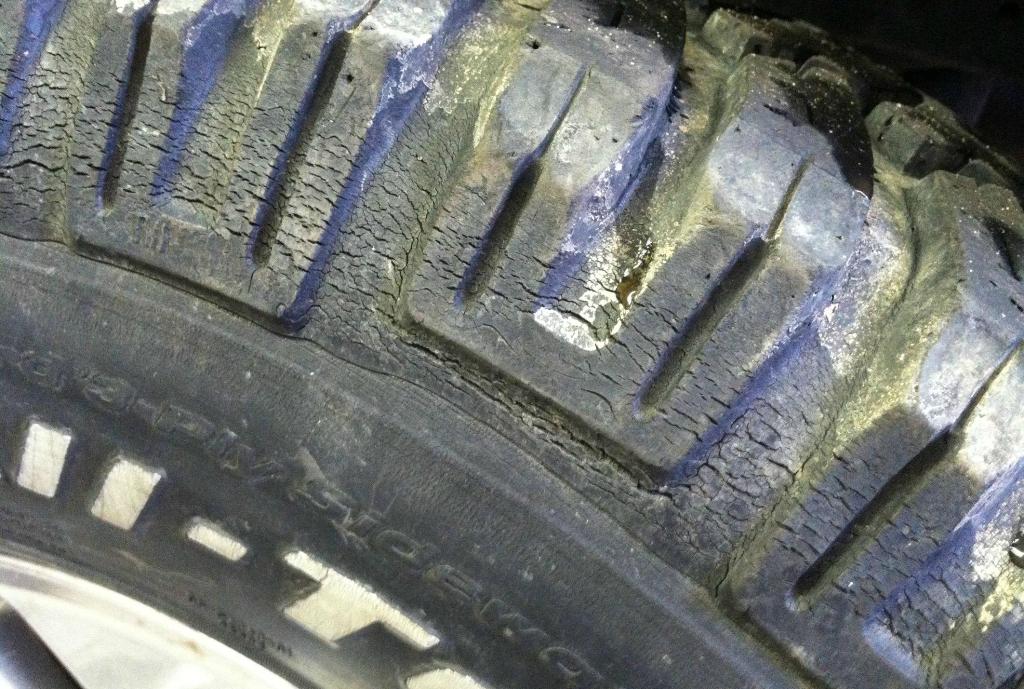Tyres are, arguably, one of the most crucial components of any motor vehicle. A passenger vehicle’s safety depends on its tyres being in good condition, while tyres can have a direct impact on a commercial vehicle’s productivity.
The mid-nineteenth century was the Genesis for the tyre as we know it today, when Charles Goodyear invented vulcanized rubber, which would later become the rubber used for the earliest tyres created by inventors with similar, yet very different, ideas. Since then, all road transport has become reliant on tyres.
This poses an important question in the framework of “global warming”. What happens to these tyres when they are no longer usable?
Annually we add millions of tyres to already problematic landfills and open areas. Designed to be extremely durable, tyres are notoriously difficult to recycle and take very long periods (up to 50 years) to biodegrade.
Instead of just discarding the bald, worn-out rubber to disintegrate, recycling or reusing will help save the planet – one tyre at a time. These tyres can be recycled and used to manufacture products made from the rubber, steel and textile derived from the processed tyres.
Also retreading as a discipline is the first step in recycling efforts. With retreading you extend the service life of tyres, thus reducing tyres at landfills. In this way, the legacy scrap pile of tyres can be worked through the government’s recycling efforts. For retreading to work best there has to be a strict set of criterias to optimise the retreadability of truck tyre casings. These include: the selection of the correct tyre/casing for the desired application, timeous tyre removal and a proper tyre inflation maintenance programme.
Modern premium-quality retreads are on par with new tyres and will almost certainly outperform budget tyres. With its multiple ISO certifications and this is helping to reduce the impact of waste tyres on the environment, for a sustainable future.




